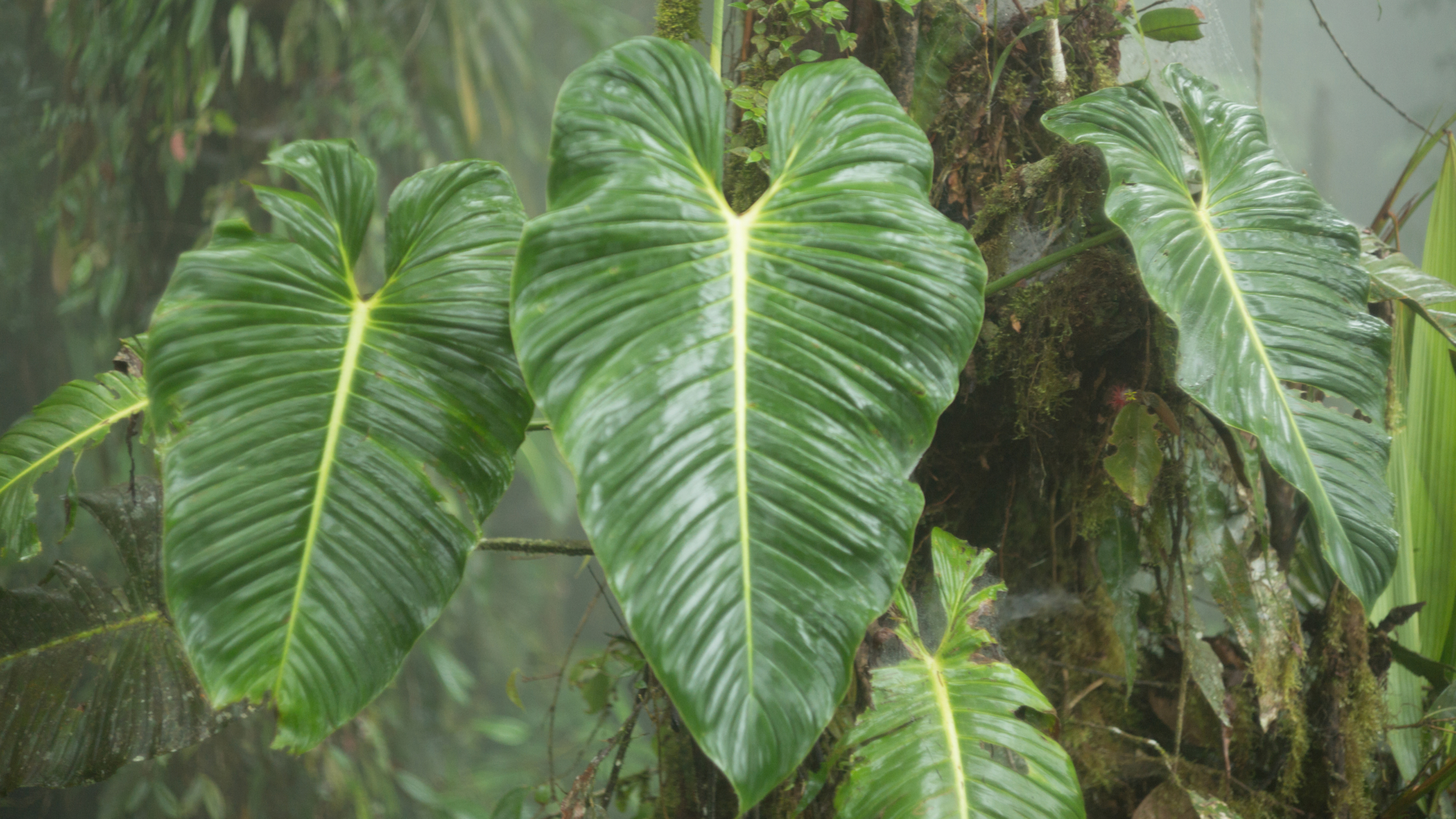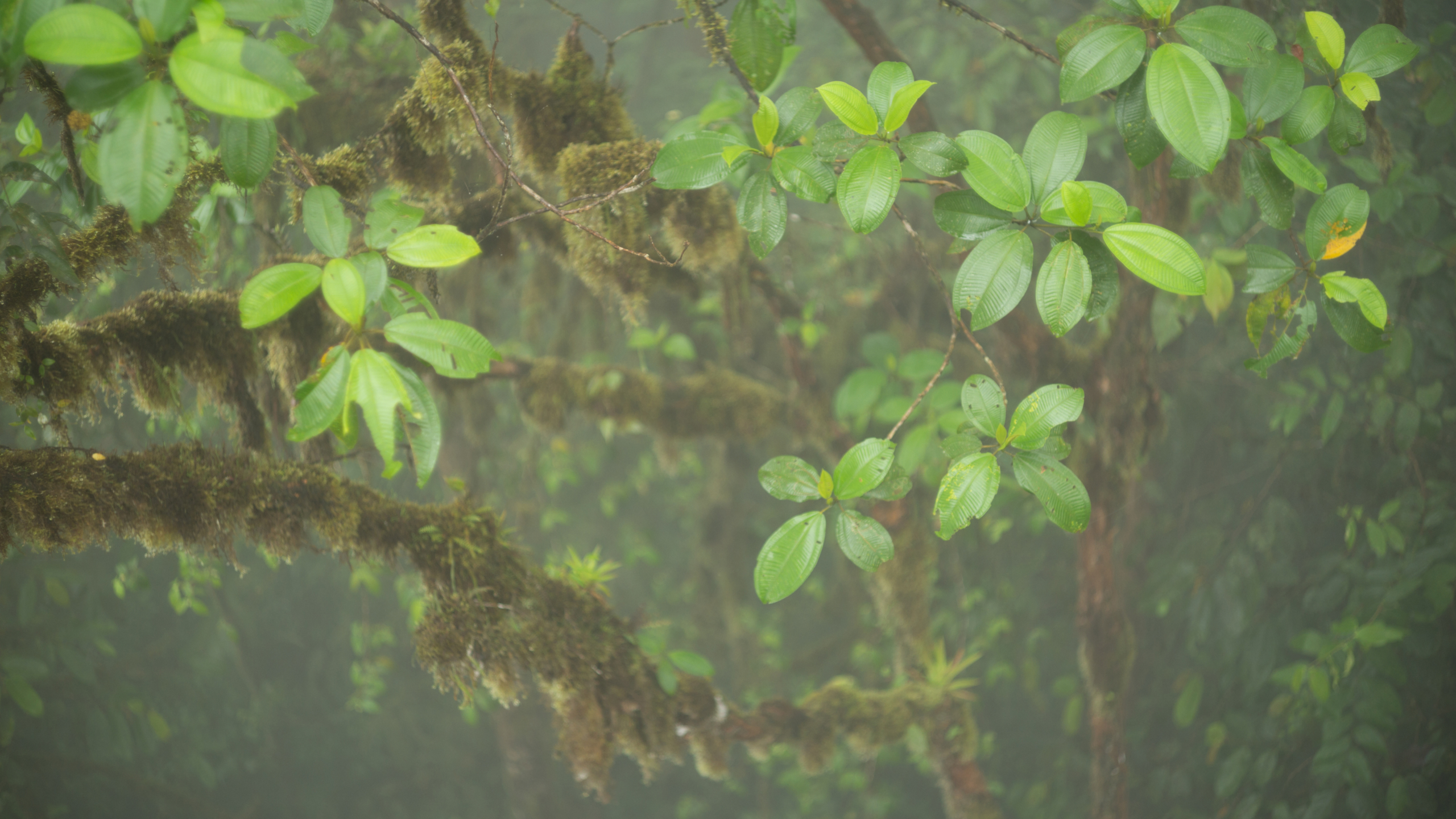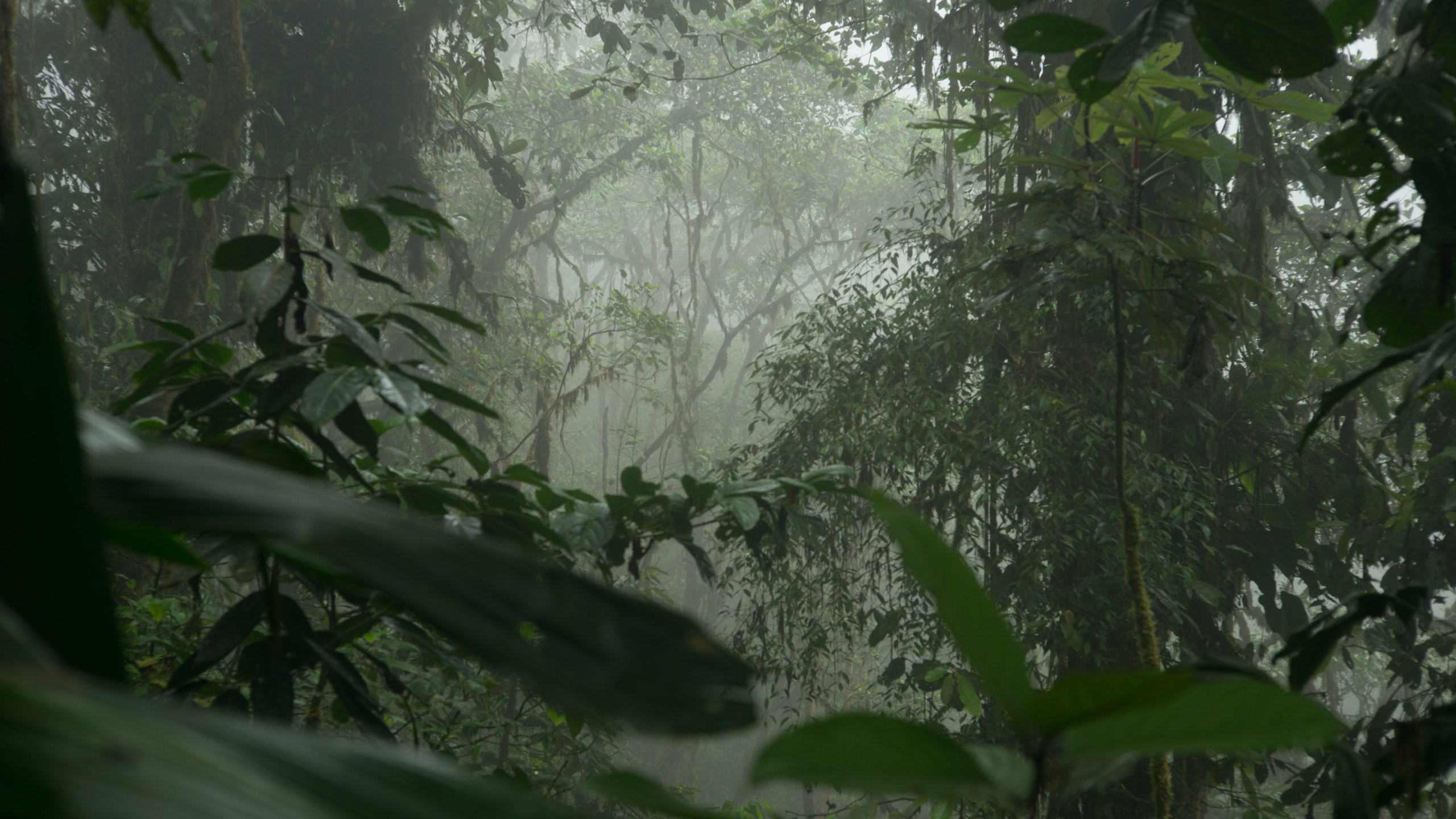According to you, thought and language are not exclusively human. In what way could forests also use them?
In the West, our metaphysical mistake has been to collapse all kinds of thought into a single kind of thought: human thought. By focusing on this very special kind of thought, we lose sight of others and in fact relegate everything that doesn’t conform to it to the domain of non-thought. The result is dualism.
Dualistically separating the human from the rest of the world is pervasive and problematic. My claim is that although humans are indeed different (in large part because we think differently), that difference is housed in something greater that holds it.
I am less interested in the details of communication (whether it is via pheromones or calls) and rather in the more general idea that when an organism represents its environment in a certain way for the next generation, that’s a thought. For instance, in the shape they have, the cilia of a paramecium represent something about the water through which the organism moves; these organelles capture something about it and that’s a thought for the next generation. It’s at that basic level that thought and life are the same. And it is on the basis of this that more complex forms of communication, human and nonhuman, are based.
We generally think of anthropological immersions plunging us into exclusively human worlds. But I happened to have worked in a place in the Amazon where people live intimately with lots of kinds of beings, not just humans. Of course, they also care deeply about humans, but they live in an intensely complicated ecosystem that they need to understand. They were using some of those elements of the ecology for food, through hunting, gathering, fishing, and gardening. This has forced them to become attuned to that forest world that houses these elements. To do this, they have had to understand the ecological relations in that world as communicative relations.
Through ethnographic immersion, I learned that a lot of what they were doing was communicating with the beings of that world or communicating like the beings of that world. So, I was interested in understanding what would happen upon hearing a certain birdcall in the forest and in understanding how people interpret that call. I wasn’t just sitting down and asking people questions but having actual real-life interactions. Sometimes these birds were flying over and calling and I would hear the calls, hear people’s interpretation of those calls, and then observe what they would do. Different people interpret the calls in different ways, and how they interpret them affects what they then say, and you can trace all these things very carefully.
The prototypical example of a symbol is a word in human language. But the interesting thing about the dialect of Quichua spoken by the people I lived with is that it contains within it an entire, very well-developed lexical class that is not really symbol-like and that actually involves a large number of words that are somewhat imitative. Rather than trying to capture things in the forest, these words capture what Anna Tsing would call “happenings”, “events”, or “unfoldings.” They simulate the particular flavor of a temporal action in the forest and they paint it as a sonic picture, if you will. In Quichua, there are imitative “words” (or more accurately sound images) like tsupu, that simulate an entity penetrating a body of water, or tyas, which simulated the action of a machete slicing through something, or teeeye, a shotgun firing. These are the kinds of things that mean something but that are no longer in language. They are likenesses of the things they represent. When I pronounce teeeye, my mouth is opening in the way that a blast of lead shot starts from inside a gun barrel and fires out. By using these, they are capturing a likeness of the forest itself. Those clusters of words are themselves a likeness of the kind of thinking that is happening in the forest and constitute a picture of sylvan thinking itself.







